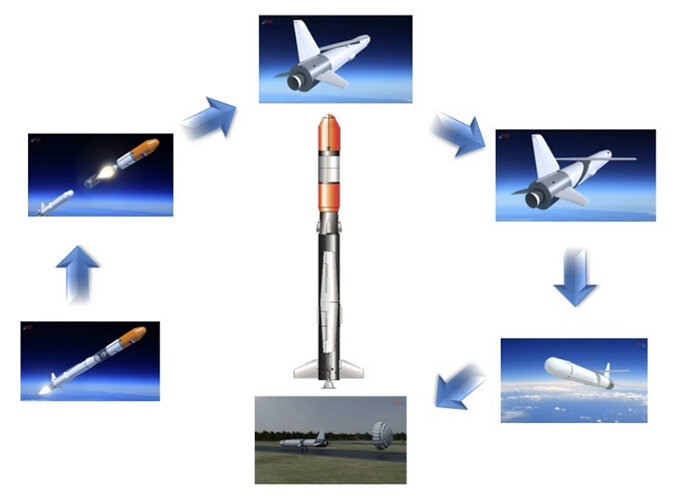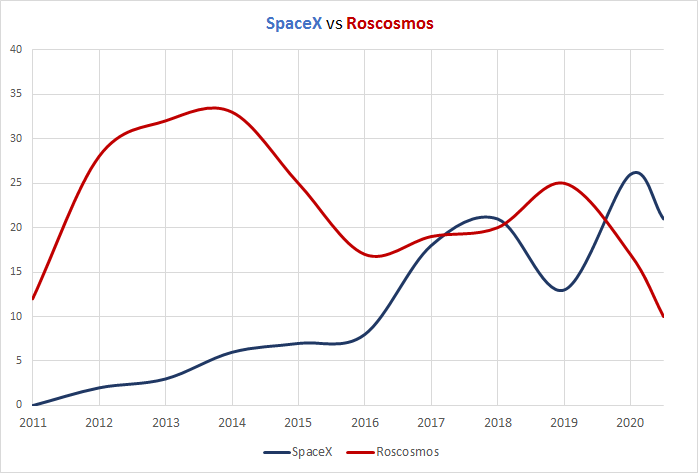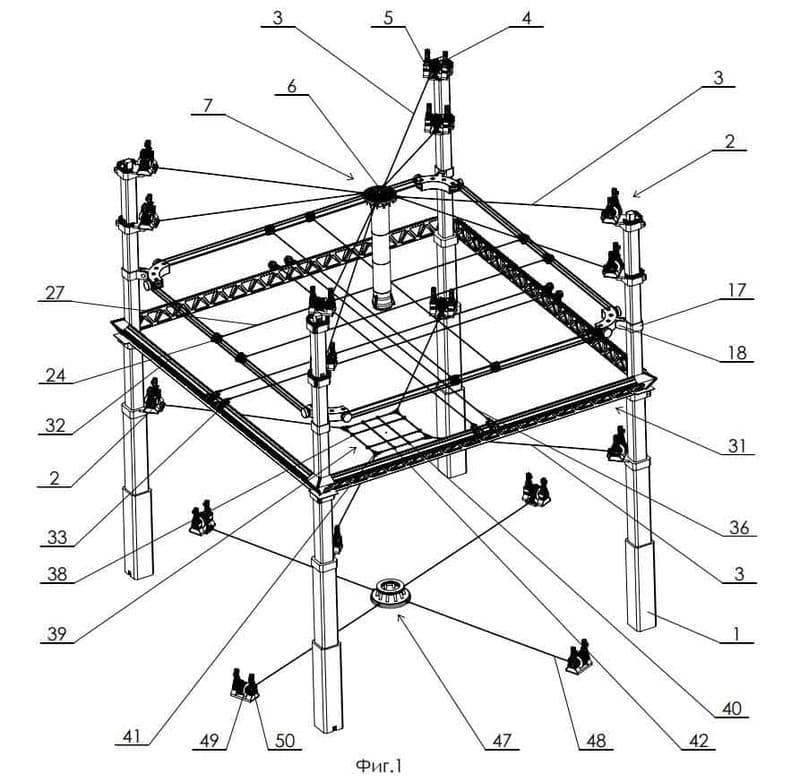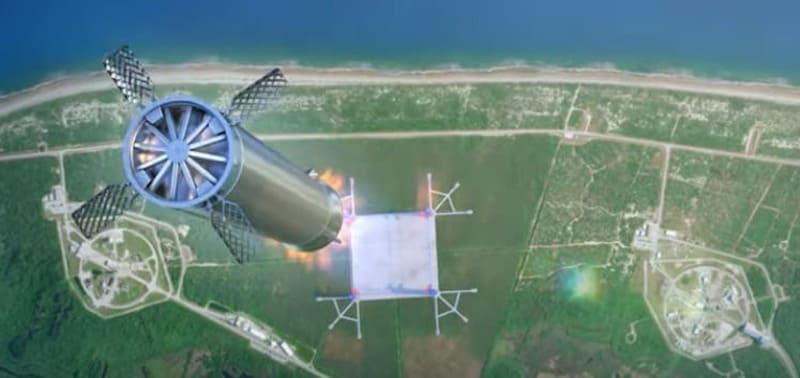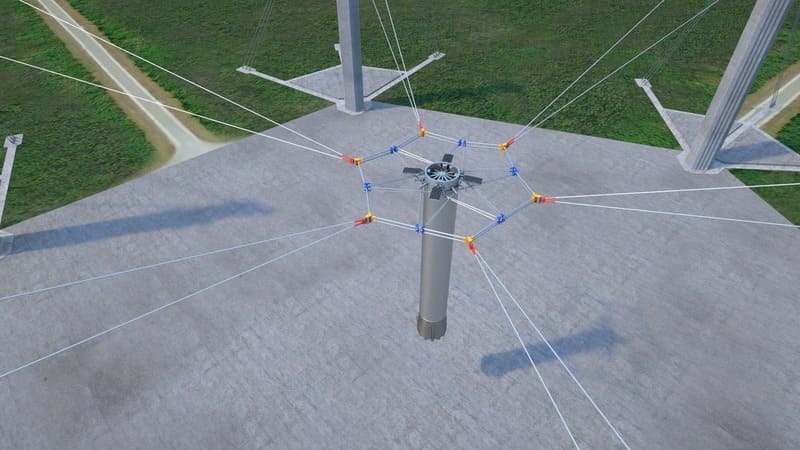- Joined
- 9 October 2009
- Messages
- 21,973
- Reaction score
- 13,622
Khrunichev State Research and Production Space Center's offering seems to be in the lead at the moment, development wise at least.
Russia's Khrunichev Center Develops Concept of Reusable Rocket (Spacedaily)
Russia's Khrunichev Center Develops Concept of Reusable Rocket (Spacedaily)
This is not the first project in the field of reusable rockets being developed in Russia. On June 4, Deputy General Director for Project Management of Ilyushin Aviation Complex Dmitry Gerasimov said that Russian manufacturers have developed several configurations for the first national reusable space rocket.
Moscow-based Foundation for Advanced Research Projects (FPI) then said that tests of the rocket are scheduled for 2022. The rocket will be capable of carrying up to 600 kilograms (over 1,300 pounds) of payload on the sun-synchronous orbit. According to preliminary calculations, the cost of bringing payload on orbit will be one and a half or two times cheaper than using ordinary rockets of such a class.



